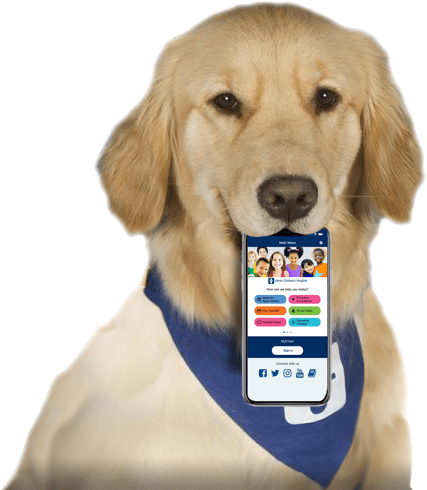Eosinophilic Esophagitis (EoE)
What Is Eosinophilic Esophagitis?
People with eosinophilic esophagitis have inflammation of the esophagus (the tube that connects the mouth to the stomach). The inflammation happens because of a buildup of immune cells called eosinophils (ee-eh-SIN-oh-fils).
Many people with eosinophilic esophagitis (ee-eh-sin-eh-FIL-ik eh-sof-eh-JYE-tis) improve with treatment.
What Are the Signs & Symptoms of Eosinophilic Esophagitis?
Children with eosinophilic esophagitis can have:
- trouble feeding (in younger children)
- trouble swallowing, called dysphagia (in older kids)
- belly pain
- vomiting
- heartburn
What Problems Can Happen?
In some people, eosinophilic esophagitis can lead to:
- food impaction (when food gets stuck in the esophagus)
- scarring and narrowing of the esophagus (called a stricture)
- tears in the esophagus
What Causes Eosinophilic Esophagitis?
Doctors don’t always know exactly why eosinophilic esophagitis happens. Some people develop it due to an allergic reaction to foods or something in the environment. But it also can happen in someone with no history of allergies. The condition is more common in those who:
- have been on antibiotics a lot
- took medicines to lower stomach acid (antacids)
- have a family member with it
- stayed in the NICU as a newborn
- were not breastfed as babies
The condition is most common in young men, but kids can get it too. People who have it are more likely to also have allergies, asthma, and eczema.
How Is Eosinophilic Esophagitis Diagnosed?
If someone has symptoms like trouble swallowing or eating, belly pain, or heartburn, a gastroenterologist (a doctor who treats digestive system problems) will do tests, which can include:
- an endoscopy. The doctor puts a thin tube with a light and camera down the throat and into the esophagus, then takes a biopsy (a small tissue sample for testing).
- blood tests to check for a high eosinophil level
- skin testing and/or blood testing for allergies
How Is Eosinophilic Esophagitis Treated?
Doctors usually treat eosinophilic esophagitis with:
- medicines that lower the amount of acid or inflammation in the esophagus
- dietary changes such as:
Working with a dietitian can help make sure a child gets the nutrients needed to grow and thrive.
To treat a stricture, doctors can do a procedure called dilation to widen the esophagus. This is done during an endoscopy.
How Can Parents Help?
You play a big role in your child’s care. Learn all you can about eosinophilic esophagitis, and be sure to:
- Go to all doctor visits.
- Give any medicines as prescribed.
- Support any special diets your child needs.
What Else Should I Know?
Eosinophilic esophagitis is a chronic (ongoing) condition. It can feel like there’s a lot to manage, but the care team is there for you and your child.
You also can find information and support online at:
Reviewed by: Jordan C. Smallwood, MD
Date Reviewed: Jun 20, 2022
















